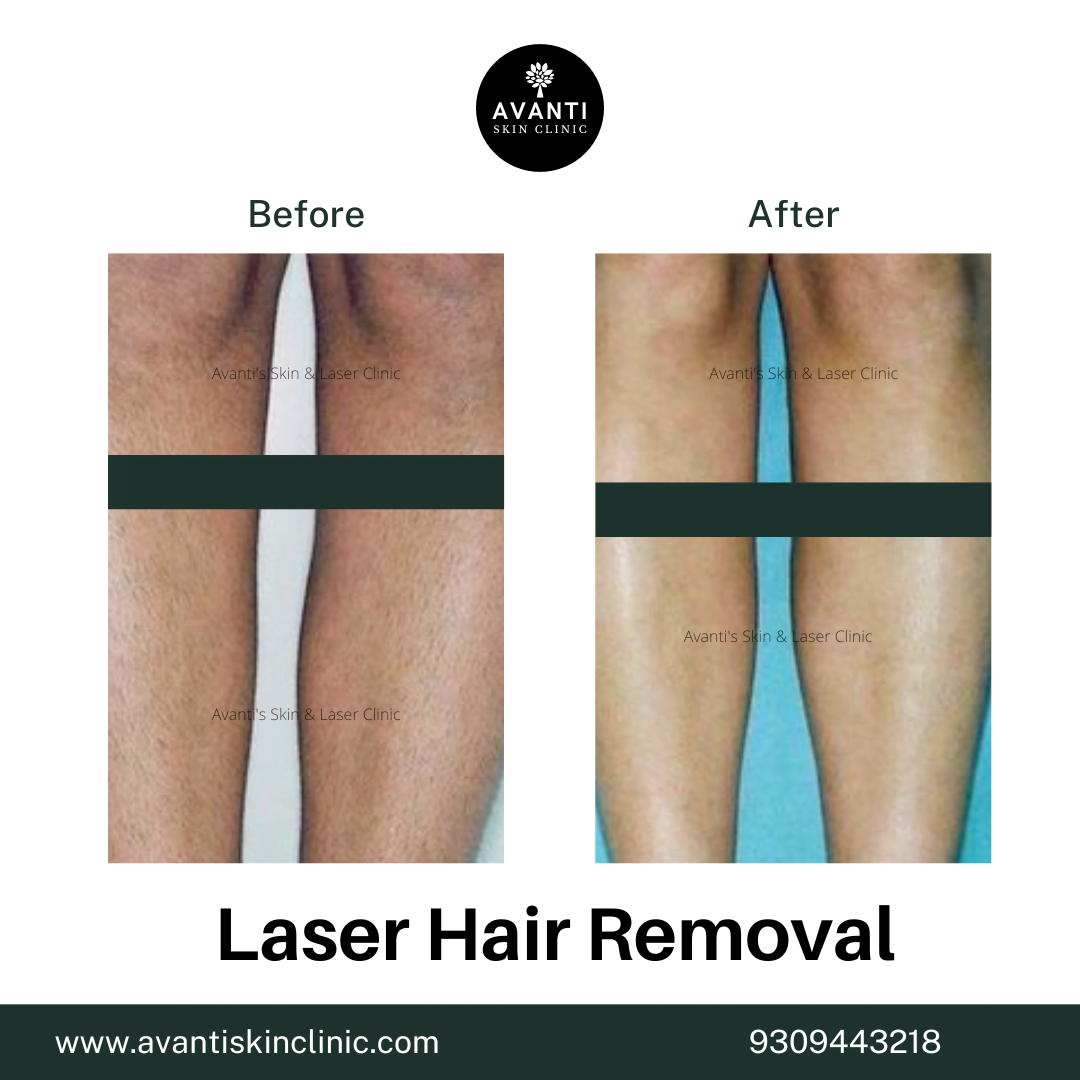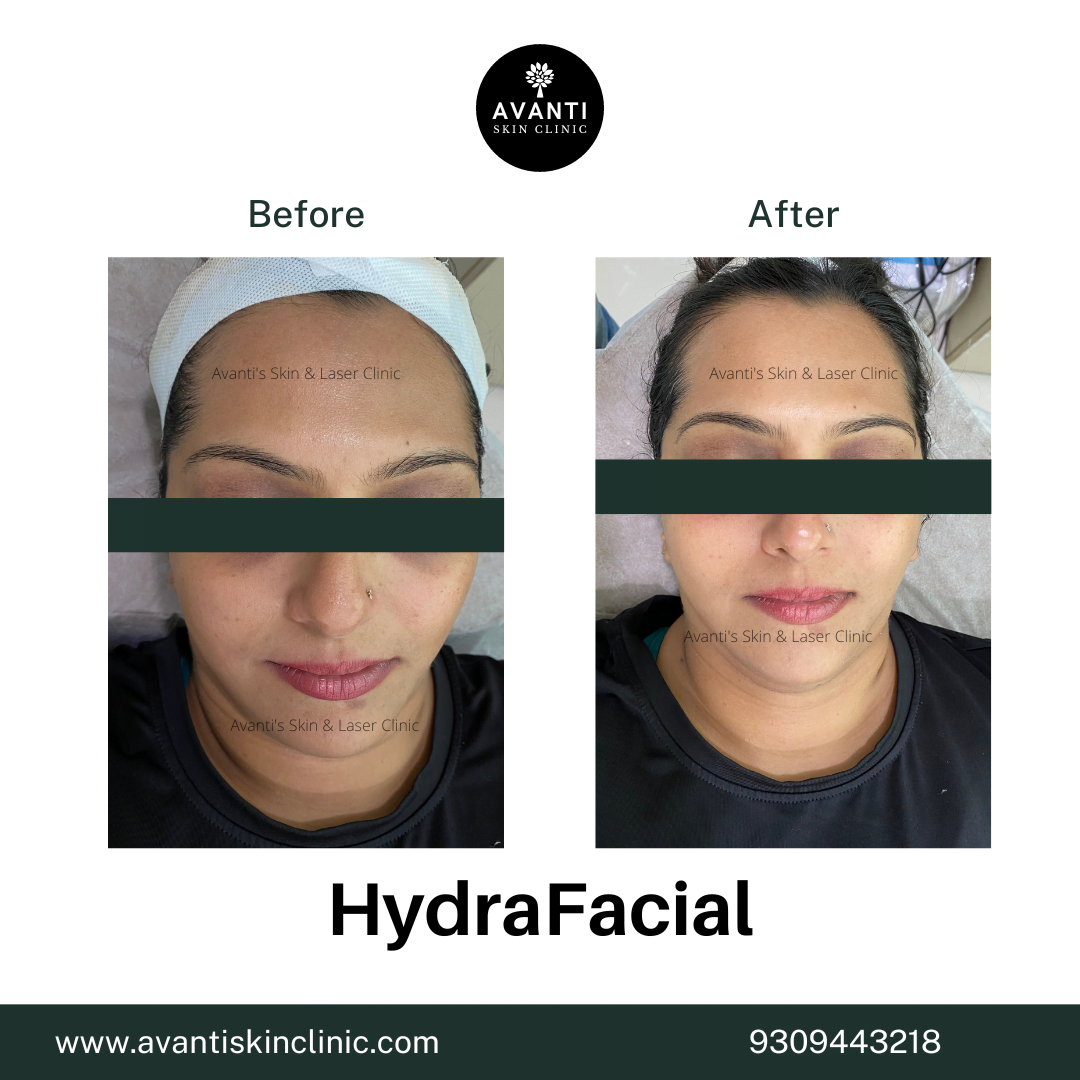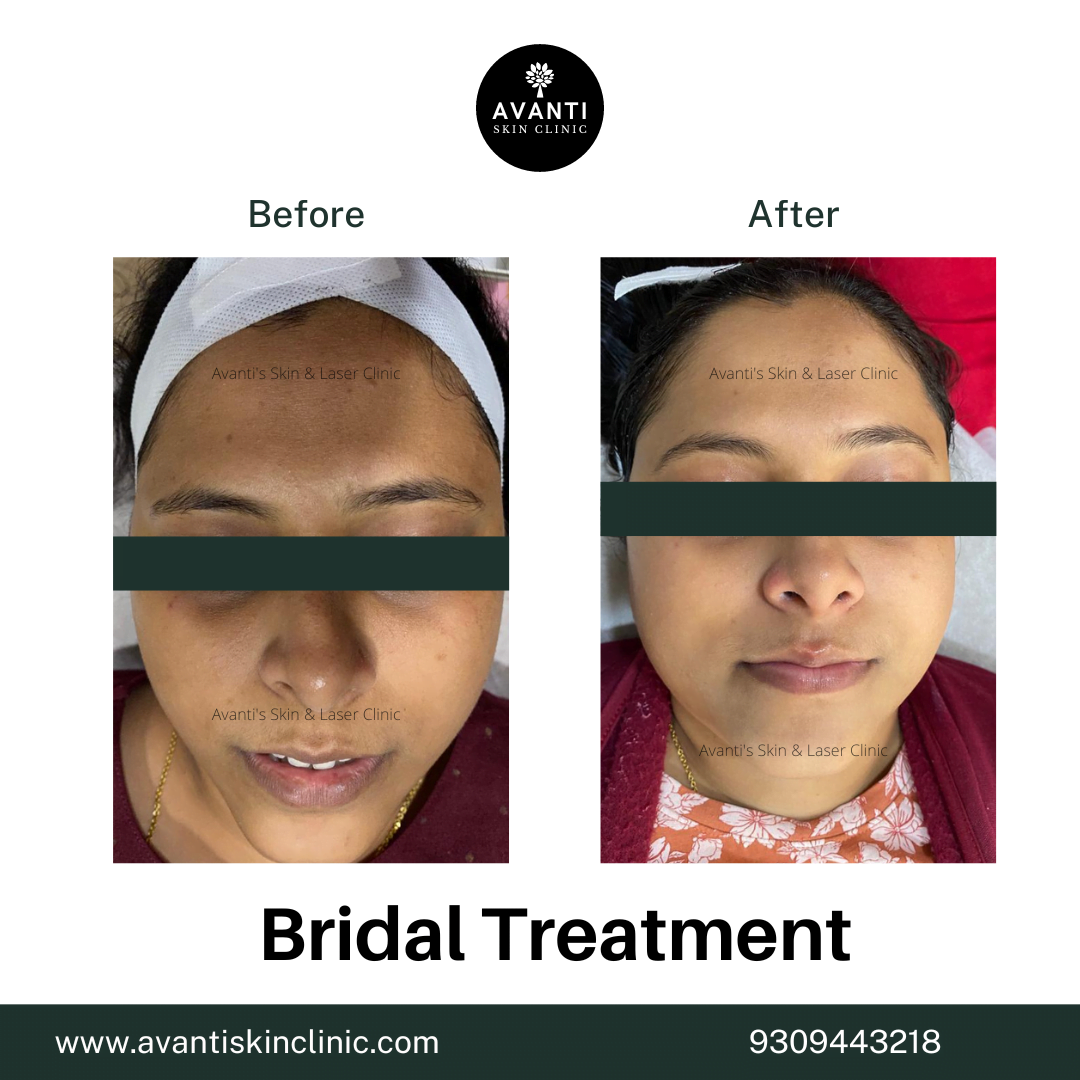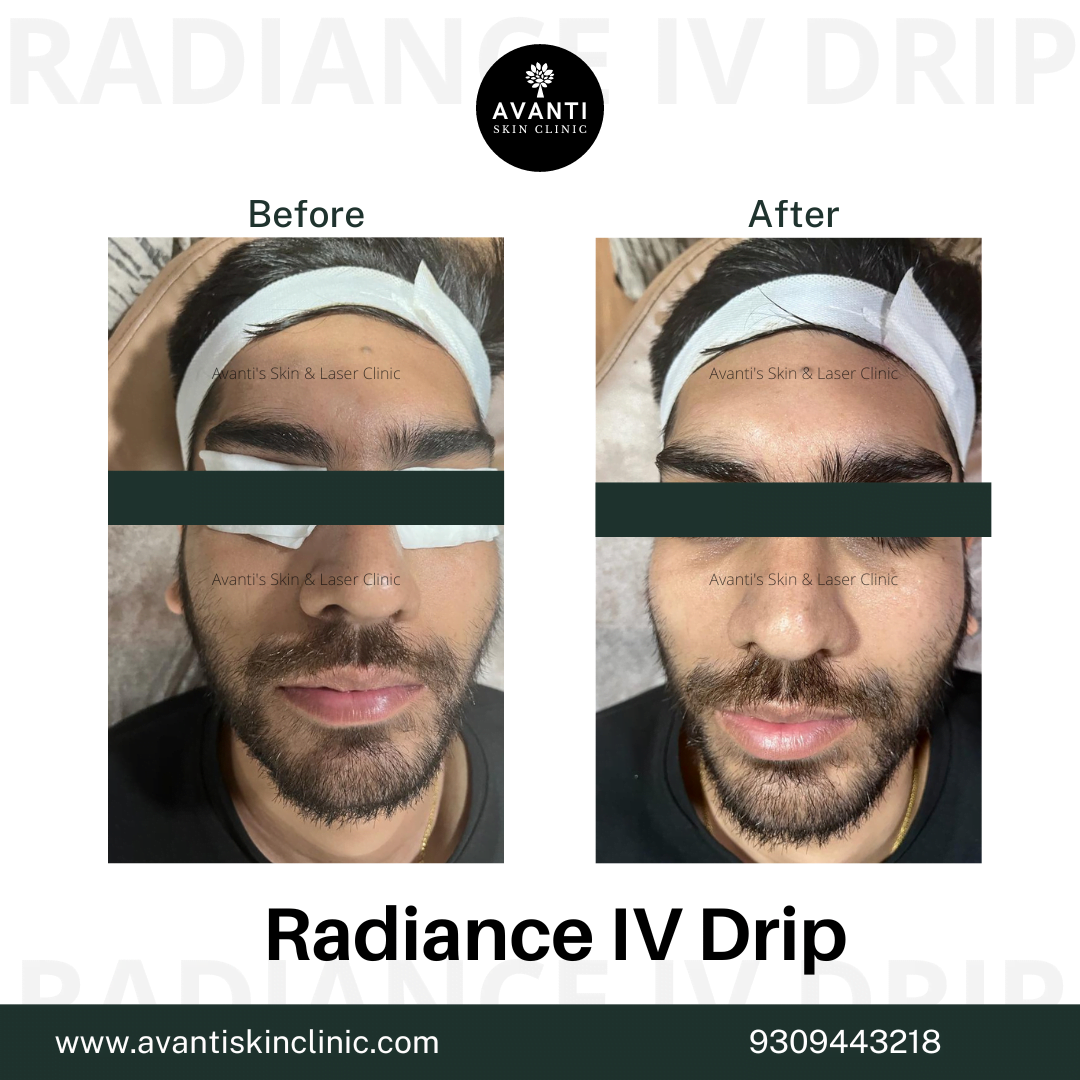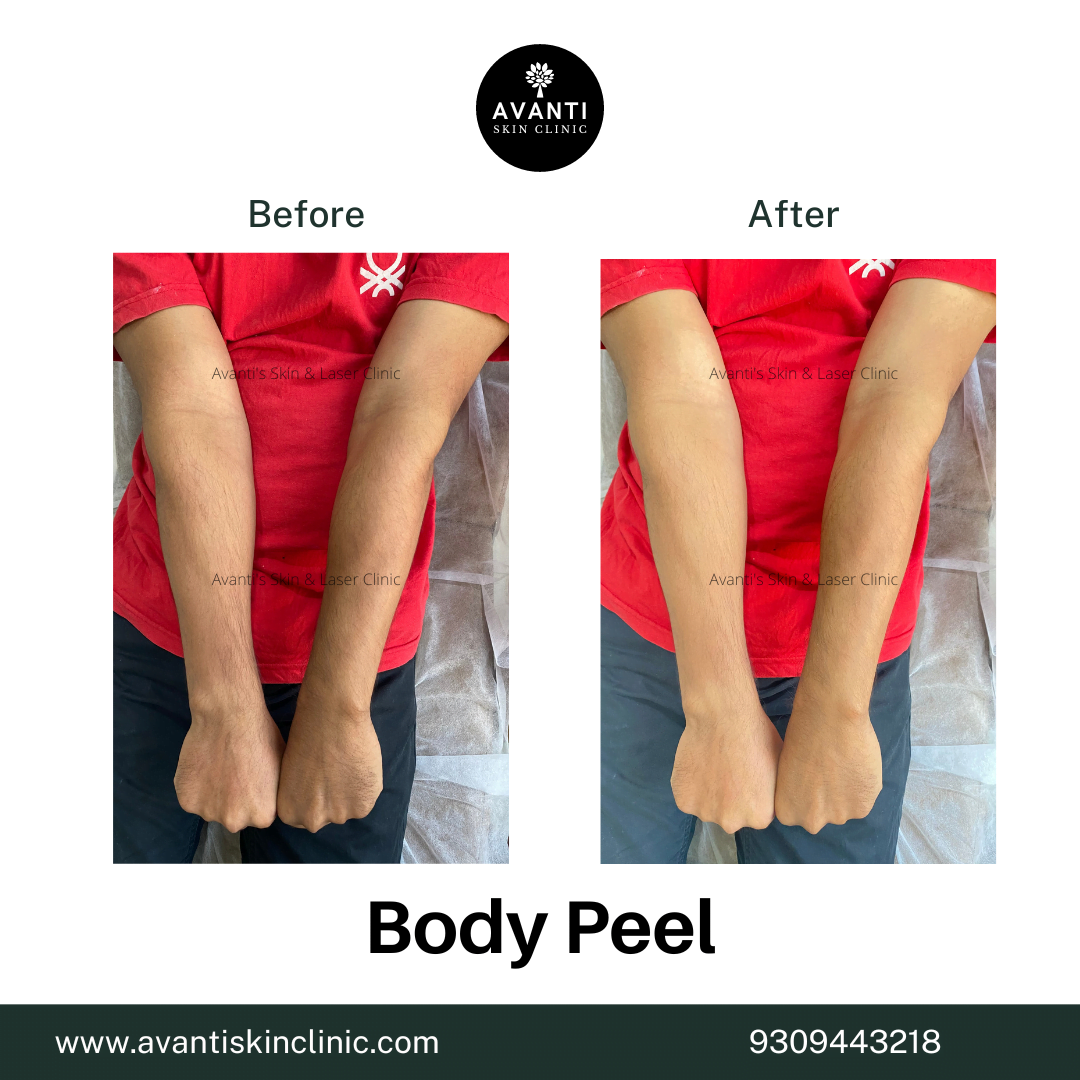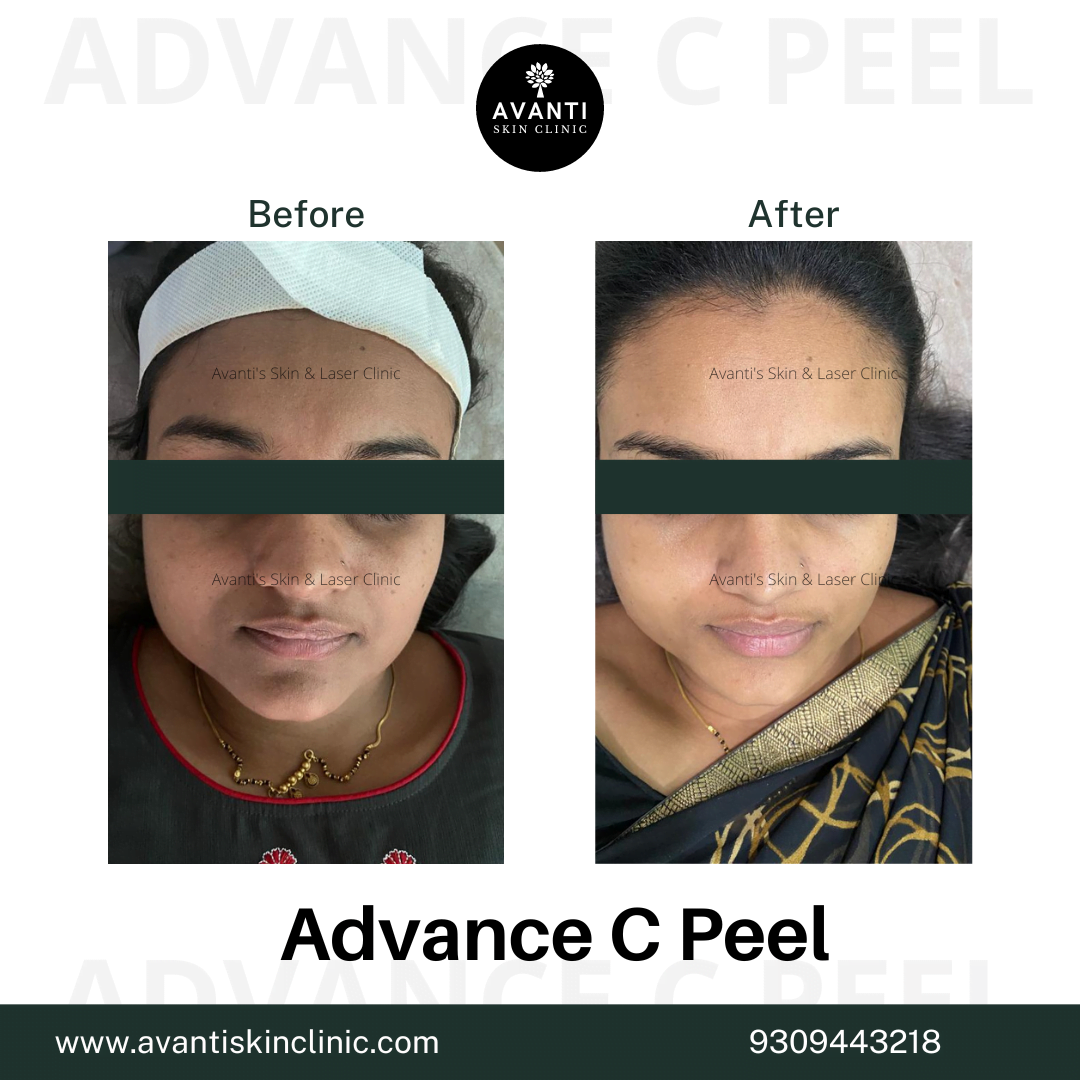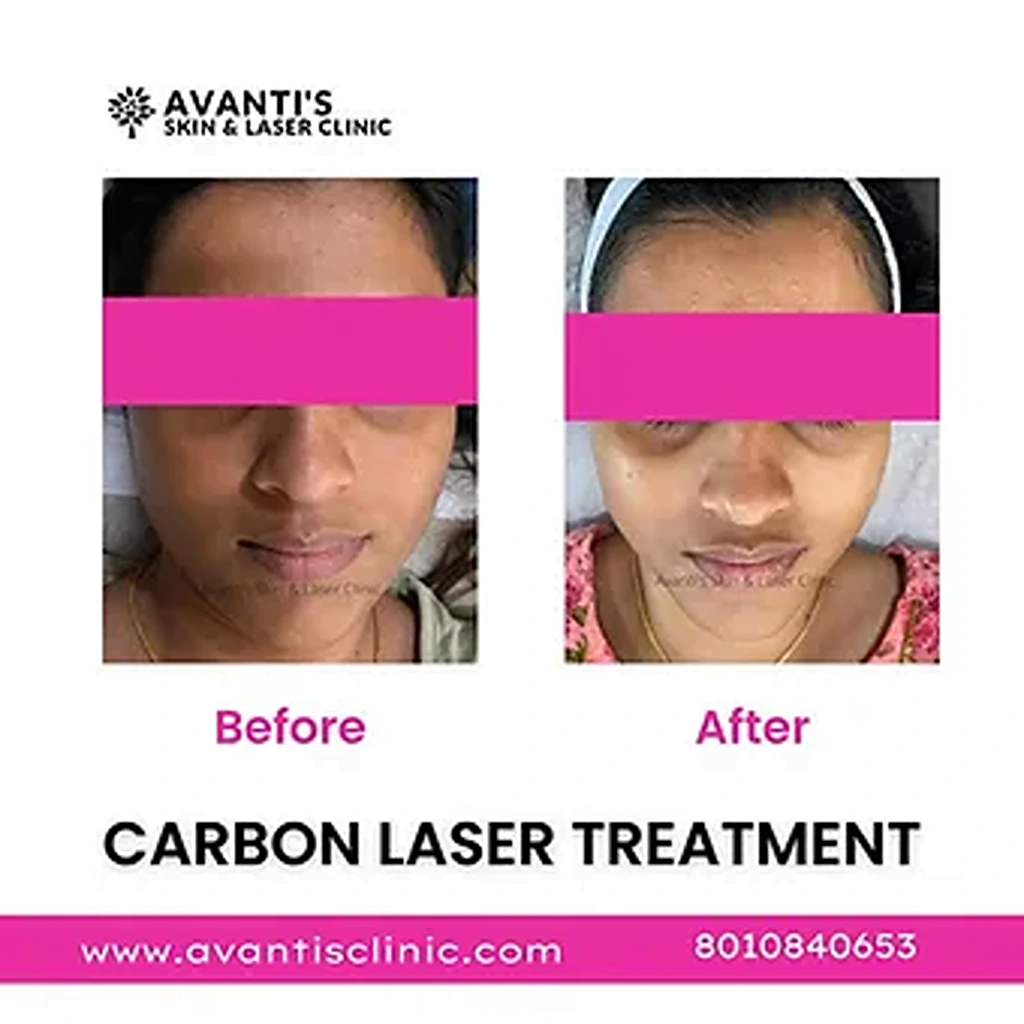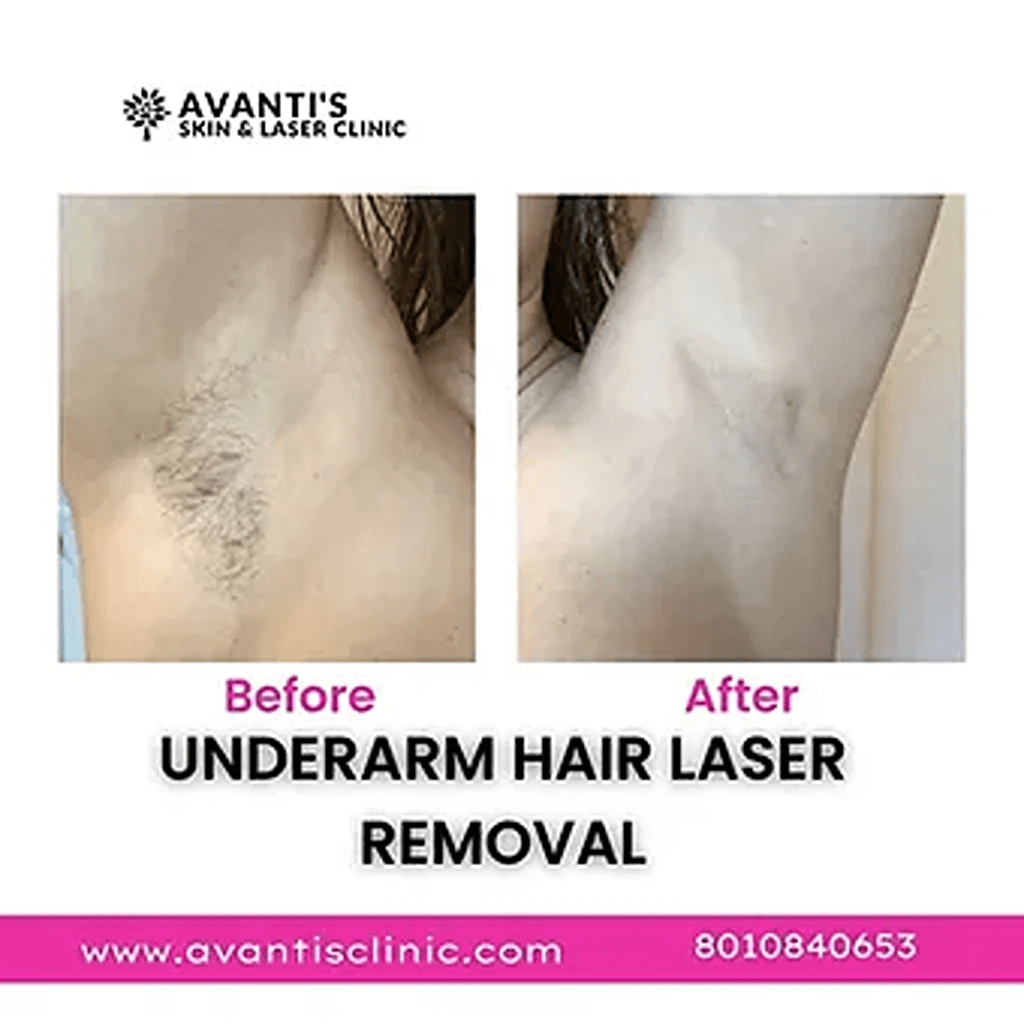What is Dry Skin?
Dry skin is defined as having tiny pores and producing little to no oil. Dryness and flakiness are caused by a lack of oil, which worsens with age. Dry skin is an inherited issue. Some folks just have fewer oil glands than others.
What is Oily Skin?
Oily skin is defined as having pores that are clearly bigger and generate a lot of oil. This causes the skin to become oily and shiny. Oily skin is a here a dietary disease marked by active oil glands. Clogged pores and breakouts are common in people with oily skin.
What is Dehydrated Skin?
Dehydration is a transitory skin condition, not an inherited trait. It is commonly encountered in oily, mixed, or normal skin that is deficient in water (not oil), causing the skin to feel tight.
I frequently hear people with oily skin complain that their skin is dry, yet they still experience breakouts and are unsure how to handle this combination. This indicates that the person is dehydrated. Your skin produces oil if you have breakouts or congested pores. You cannot have a real dry skin type if your skin produces oil. It’s that easy!
To treat what seems to be both dry and oily skin, some individuals may begin using a heavy moisturizer made for dry skin, but this can result in even more blocked pores, bumps, and breakouts. Does this sound familiar? They may assume it’s because they don’t drink enough water, yet hydration levels in the skin have very little to do with drinking water, contrary to popular belief.
It’s critical to understand that the cleanser you use is the MOST crucial aspect of your skincare routine. Why? Because washing with a cleanser or detergent that is overly harsh and drying draws all the water out of the skin, causing a buildup of dead skin cells. The remainder of your program is subsequently devoted to attempting to compensate for this dehydration. When shopping for a cleanser, check for the word sulfate-free on the container, since this indicates a safe solution. You can clean your skin while keeping the water in your skin where it belongs. A mild cleanser should be the first step in an effective skincare program.
Choose Your Cleanser With Caution
Many foamy or gel cleansers still use Sodium Lauryl Sulfate, Sodium Laureth Sulfate, or Ammonium Laureth Sulfate as constituents. Surfactants, which are cleaning agents that remove oil from the skin, are what they are. While oily skin types require a cleanser to break down and remove the oil and shine, these substances are not compatible with your skin’s natural pH and will strip too much water from the face after each washing. This is the cause of dehydration.
It’s critical to understand that the cleanser you use is the MOST crucial aspect of your skincare routine. Why? Because washing with a cleanser or detergent that is overly harsh and drying draws all the water out of the skin, causing a buildup of dead skin cells. The remainder of your program is subsequently devoted to attempting to compensate for this dehydration. When shopping for a cleanser, check for the words’ sulfate-free on the container, since this indicates a safe solution. You can clean your skin while keeping the water in your skin where it belongs. A mild cleanser should be the first step in an effective skincare program.
After washing, never leave your skin bare.
After cleaning, apply an alcohol-free toner, serum (optional), and moisturizer rapidly. If you expose your skin to the elements for more than sixty seconds, it will begin to dry. Following cleaning, apply an alcohol-free toner and let it moisten the skin before applying your next product. In this manner, the moisturizing properties of the toner will be locked in by your serum or moisturizer.
Never Forget to Apply Moisturizer at Night to Allow Your Skin to “Breathe”
People who have acne-prone skin are frequently concerned about applying moisturizer. They fear it will clog their pores and prevent their skin from “breathing.” There are several issues with this way of thinking. To begin with, using moisturizer does not promote breakouts. Acne develops when the cells that line the inner pores fail to shed correctly, causing the pore to get blocked. Whether you moisturize or not, this process occurs.
Second, there is no respiration in the skin. The idea that your skin breathes is untrue.
Those with oily, blemish-prone skin should always apply moisturizer. Your skin needs adequate water to remain healthy and balanced. The more balanced your skin’s moisture levels are, the less likely it is to break out. Skipping moisturizer alters the skin’s hydration levels, resulting in the “oily and dry” sensation we’re referring to. This dehydration process actually increases oil production, which might lead to additional breakouts.
The trick here is to select a moisturizer that is appropriate for your skin type. Dry skin requires moisturizers that bring oil into the skin, and oily skin needs moisturizers that deliver water.\
During the winter, use a humidifier. If the air is moist, the moisture on your skin will likely remain rather than evaporate into the dry winter air. Find out how a humidifier may help your skin.
Use a Serum in Place of a Moisturizer.
Applying a few drops of a lightweight, water-based skin serum beneath a moisturizer can provide much-needed moisture to relieve that tight sensation. I generally recommend Skin Drink Concentrate to my clients who have oily skin.
In conclusion, if you have dry, oily skin that feels tight, you simply need to adopt a skincare routine that does a better job of regulating the water levels in your skin. It’s a simple remedy!
For skin issues, visit our clinic or schedule an online consultation.
Contact us at 8010840653 or go to www.avantiskinclinic.com.
Avanti’s Skin and Laser Clinic, Aundh Pune

